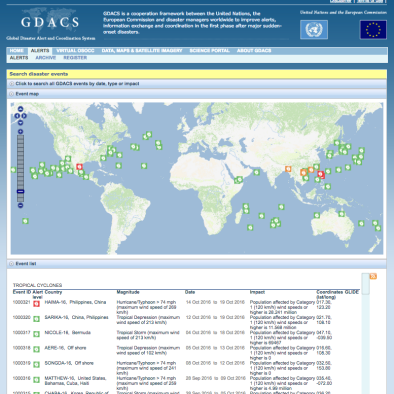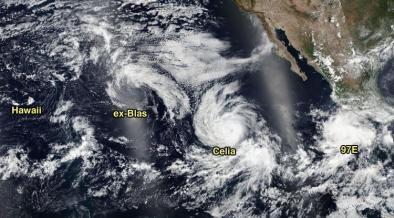Science Source
Response of tropical sea surface temperature, precipitation, and tropical cyclone‐related variables to changes in global and local forcing
- Estimates the equilibrium response of sea surface temperature (SST), precipitation, and several variables related to tropical cyclone (TC) activity to changes in both local and global forcing
- Finds that, in general, TC potential intensity and genesis potential vary much more rapidly with SST in response to varying surface wind speed than in response to other forcings
- Finds that local changes in TC potential intensity are highly correlated with local changes in SST, showing that relative SST is a good proxy for potential intensity when forcing is strictly local, but it cannot capture potentially important changes in potential intensity that arise from global‐scale changes in forcing
Related Content
Headline

May 24, 2017 | Washington Post
What we’ve learned about hurricanes and climate change since Katrina
Real Time Data

Oct 19, 2016 | Global Disaster Alert and Coordination System
GDACS Tropical Cyclones
Headline

Jul 11, 2016 | Weather Underground
The Eastern Pacific is Sizzling; Nothing Cooking in the Atlantic
Science Source
| Proceedings of the National Academy of Sciences
Downscaling CMIP5 climate models shows increased tropical cyclone activity over the 21st century
Kerry A. Emanuel


